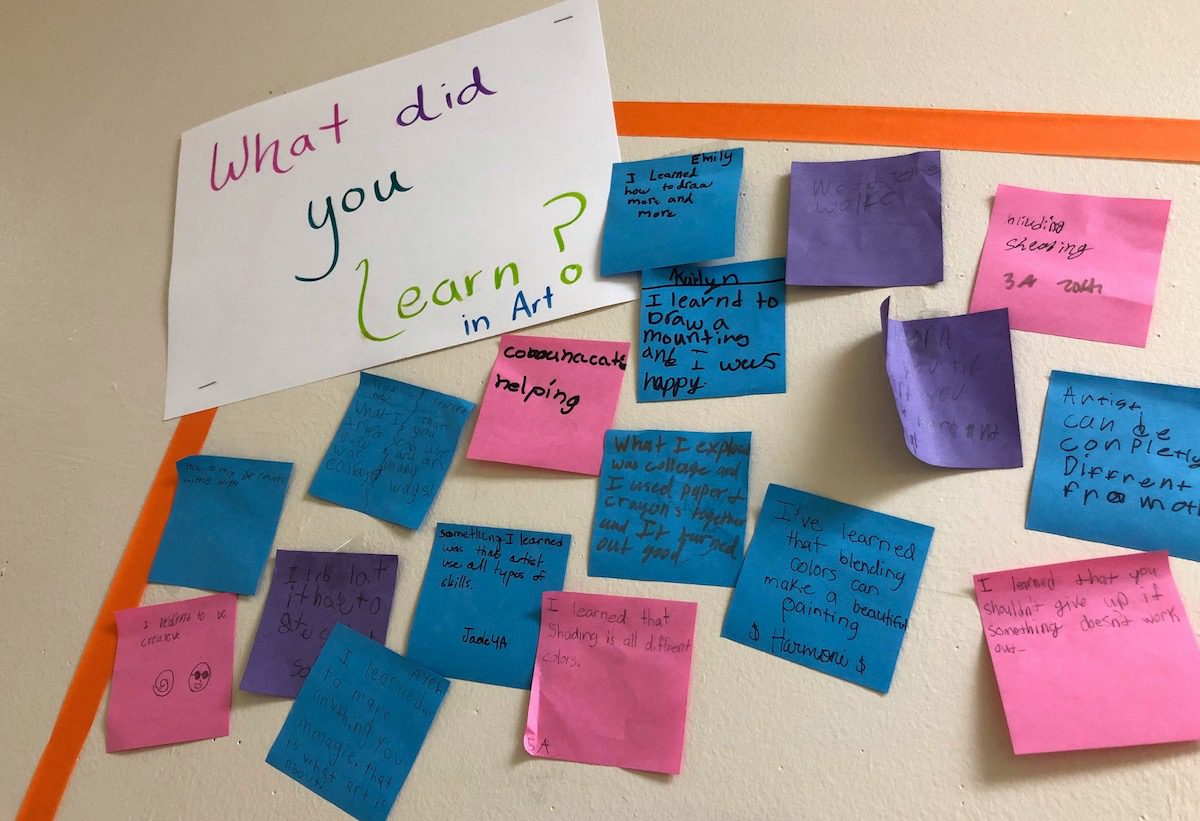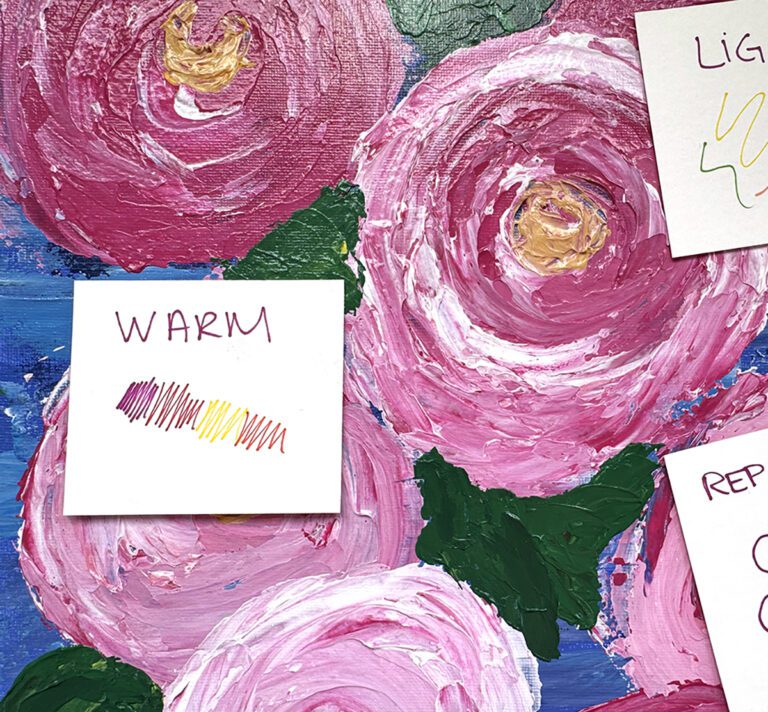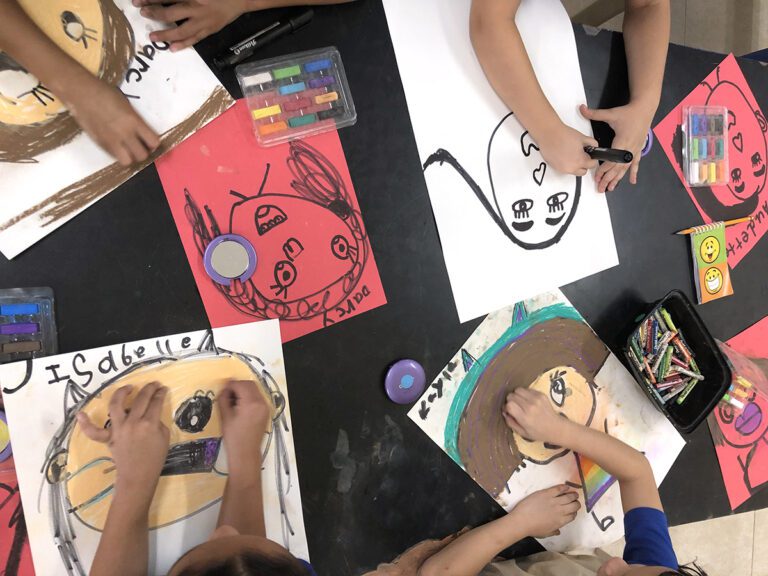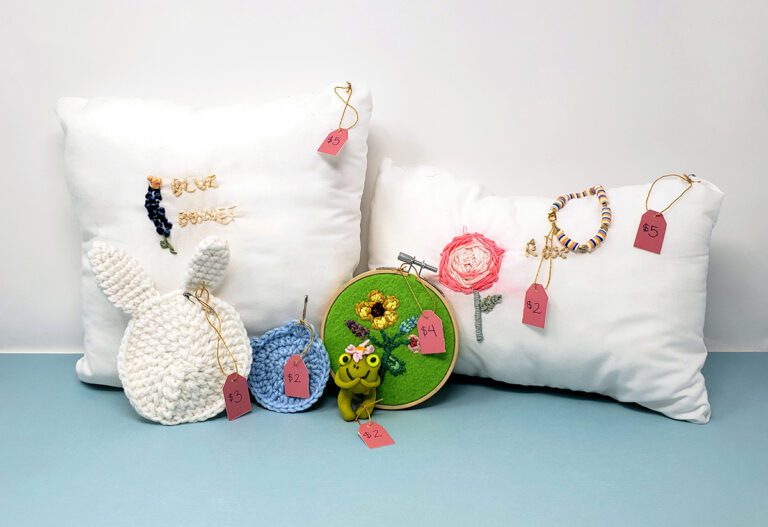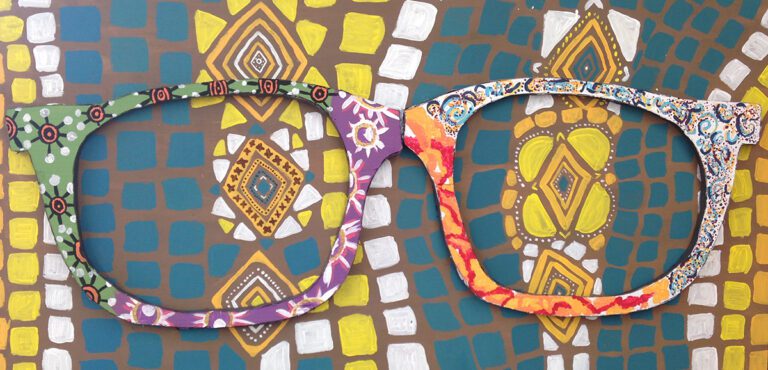While assessments are not the most exciting thing to do in the art room, many districts require them. Finding assessments that fit your teaching style is key, so they are meaningful to you and your students.
However, honing in on the perfect assessment system can be tricky. I personally teach from a Teaching for Artistic Behavior (TAB) point of view. The TAB website describes the learning environment by stating, “TAB classrooms are highly structured environments. Students scaffold their own learning, sometimes going deeply into specific subjects or media. They work at their own pace, following their own lines of inquiry, and develop skills as they need them.” In other words, the students are treated as artists.
At the same time, the teacher is there to teach skills, art vocabulary, art history, and any other information or techniques students need to successfully carry out their ideas. Finding the proper ways to assess is important so as not to disrupt the creative flow of this type of classroom. My personal go-to? Quick, formative assessments.
Check out these six strategies for fast and formative assessments you can begin using today.
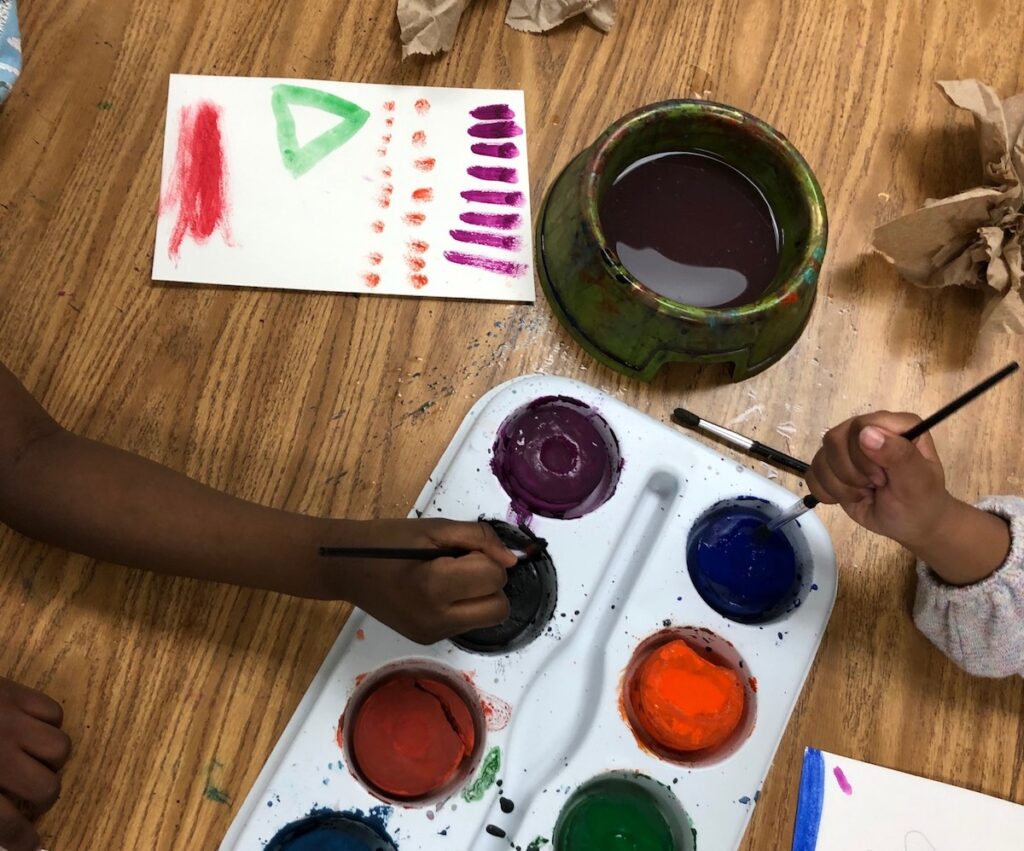
1. Observation
One of the best things about being in the art room is watching your students create. You can watch them think about their ideas, explore new techniques and processes, create things that inspire them, and make mistakes into happy accidents. A great way to assess students and check for understanding is to look at the art your students are creating.
This includes any sketches and planning students do before they work on their final piece or as they work on a final piece. Observations are quick and informal. Often, your students will willingly share what they are creating giving you more insight into their artistic process.
One simple way to record what you see is with a notebook or checklist.
2. Think-Pair-Share
Another fun way to see what your students know is through the Think-Pair-Share routine. This allows your students to share information with a peer. This can be done during or after a demonstration, artist presentation, or discussion.
For instance, if you started class with an artist presentation or mini-lesson about how artists stretch and explore, you could pose the question, “Why do artists stretch and explore?” or, “Why is it important to stretch and explore as an artist?” You can easily pace the room to listen to your students as they discuss to check for understanding.
3. Exit Tickets
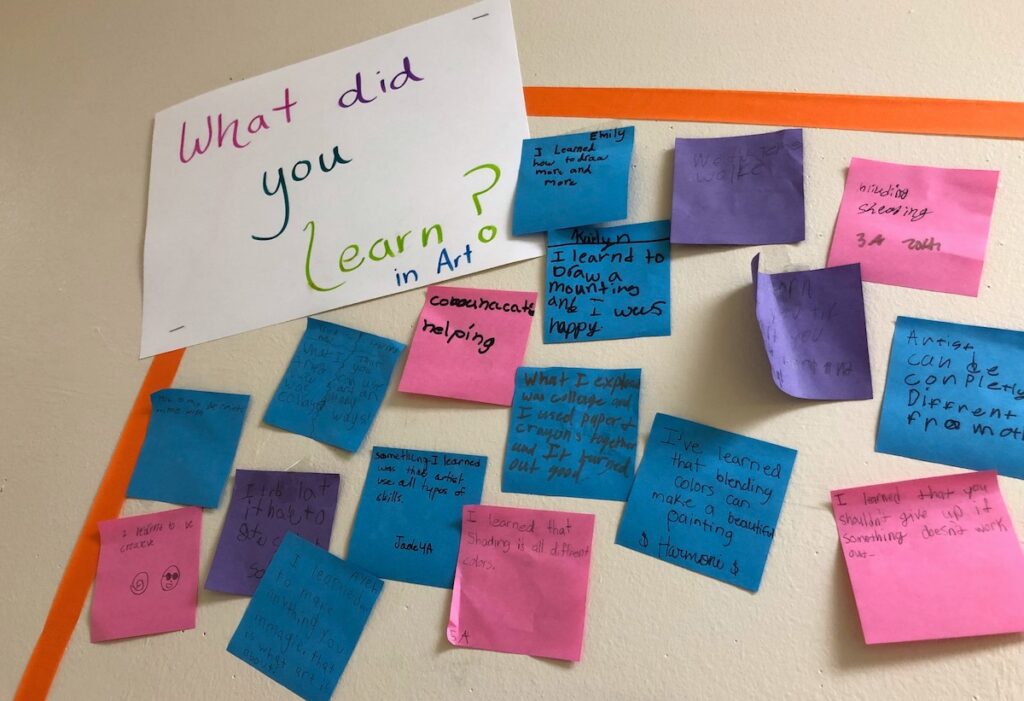
In a TAB classroom, you will see students in a variety of centers exploring and creating. A quick way to grasp what they have learned is to give them an exit ticket. You can use a sticky note, note card, blank sheet of paper, or even create an exit ticket digitally.
You can have students share something they learned during their studio time or have them answer a particular question about the skill builder taught that day.
Here are a few questions you could ask your students to share on their exit ticket:
- What did you learn today?
- How did you problem-solve in art?
- What inspired your work today?
- How did the skill-builder inspire your work?
- How did the artist inspiration inspire your work?
- Which studio habit of mind did you focus on? How?
- What was your favorite part of class today?
4. Thumbs Up/Thumbs Down
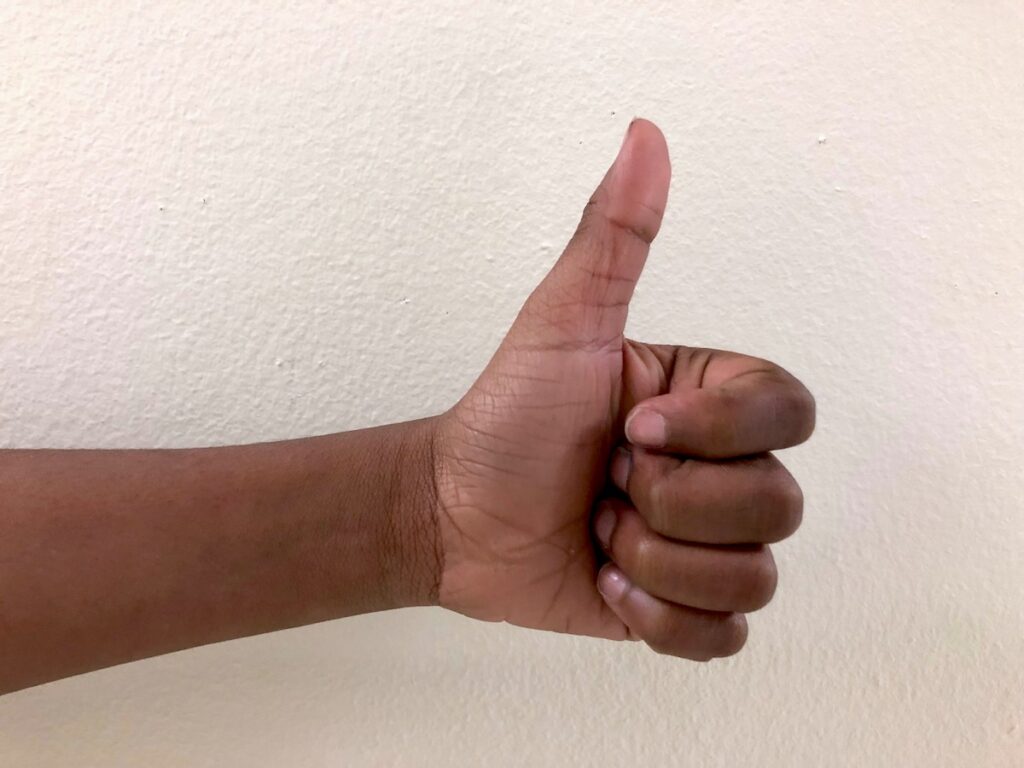
Having students do a show of hands on a particular topic or questions allows you to quickly see if the students grasped the information. Let’s say you decide to do a mini-lesson about weaving. You can get a feel for your students’ comfort level with the process by asking them to give a thumbs up if they feel they are ready to try it out or a thumbs down if they need more instruction.
Then, when students disperse to centers, you can pull anyone at the weaving center who said they wanted more instruction aside for another short lesson.
5. Interviews
Interviews can also be referred to as student conferences. Having a discussion is powerful. As students explore centers, pull one student at a time aside to talk with them. During this time you can find out more about what they are learning and how you can better support their art goals. It’s also a nice time to find out what they enjoy or are not enjoying about your classroom. In this way, you also get to learn how to better support your students in all areas of their development.
6. Critiques
While many may think critiques are just for finished work, I often do them with works in progress. This way, students can get peer feedback that may help push them to explore new ideas. Critiques can take place during a Think-Pair-Share activity, within table groups, or in a whole group discussion.
In short, assessing in a TAB environment doesn’t have to be stressful. Use the collaborative nature of your classroom and the stellar relationships you have with your students to your advantage.
To learn more about TAB, check out these amazing resources:
- The Open Art Room
- Engaging Learners in Art Making: Choice-Based Art Education in the Classroom
- Studio Thinking 2: The Real Benefits of Visual Arts Education
- Teaching Artistic Behavior Website
What are some other quick formative assessments that work well for your students?
Does your district require you to have a certain number of assessments?
Magazine articles and podcasts are opinions of professional education contributors and do not necessarily represent the position of the Art of Education University (AOEU) or its academic offerings. Contributors use terms in the way they are most often talked about in the scope of their educational experiences.
